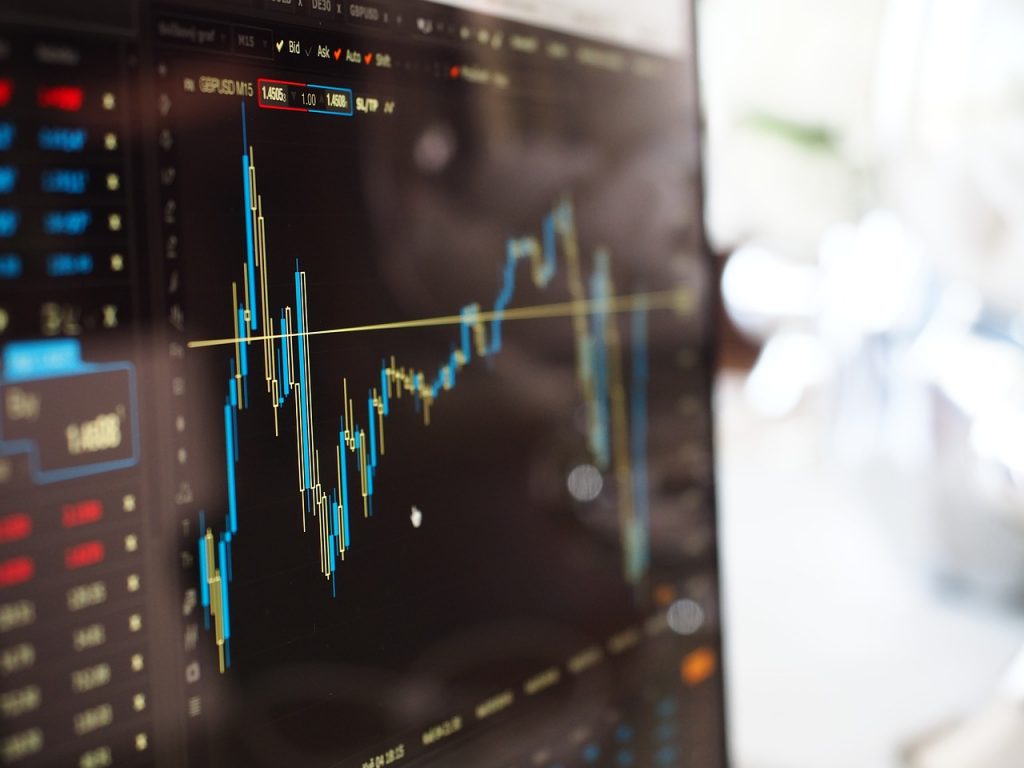
This is where the author, a professional investor, promises the reader that for the next 300 pages he’ll thare the secrets of his success. But rule number one, in my book, is: Stop listening to professionals!
Peter Lynch, One Up On Wall Street*
How many people do you know, who when asked about their investments, respond: “I just give my money to an investment advisor” or “I don’t really want to be bothered with the stock market?”
What about you? Have you been reluctant to learn about investing your money because you’re afraid of the stock market or anxious or overwhelmed by information?
When I retired 11 years ago from my career as a scientist and engineer, I had some anxiety about investing for myself. I was 58 and I wanted to ensure that I wouldn’t run out of money in my golden years.
So I gave two-thirds of my money to a financial planner and kept a third of it to see what kind of returns I could get on my own. Well, my financial planner came back to me after a year and proudly announced: “We were able to make you $100,000 (minus our fees).” They were shocked when I told them my returns far outweighed theirs!
That was the last time I let anyone else control my money.
As of January 31, 2017, my portfolio has averaged a 15.96% annual total return over the last 10 years, which includes the Great Recession of 2008-2009. I’m not a professional investor or a licensed advisor. I’m a scientist who invests for fun and profit.
Let me give you a brief overview of how I go about consistently beating the stock market by investing for myself.
You see, professional investors have restrictions as to how they can operate. Some might be required to rebalance at specific times or are not allowed to concentrate their positions. Others engage in the shady practice of “window dressing,” where they buy up their own stocks at the end of the quarter to boost their returns.
The most important thing for an individual investor is to think for yourself! This can’t be stressed enough. The stock market moves in mysterious ways, yet it is particularly affected by groupthink and herd mentality.
Sometimes, having a contrarian viewpoint can net you a lot of money if you are able to analyze a stock effectively and spot an overreaction to a temporary event.
My top priority when analyzing a company is the quality of their management.
There is no true quantitative measurement that will tell you how good a certain manager is for a company. Technical analysis won’t offer any insights – this is more of an art than a science. The only way you can understand the effectiveness of management is to do your own research and come to your own conclusions. I listen to conference calls after earnings reports and watch interviews with CEOs on CNBC and ask myself, “Do I trust this person? Are they lying or hiding something?” It’s a little like detective work in that there’s a healthy dose of intuition required in order to analyze the situation.
I don’t align myself with the conventional wisdom that you need to diversify your portfolio.
In fact, my portfolio is heavily concentrated in just a few stocks. As an individual investor, it pays to be knowledgeable about a select few companies; otherwise, how can you keep on top of a portfolio consisting of 20 or 30 stocks? It’s just not possible unless you have a team of analysts and assistants working for you.
Of course, it’s essential to understand financials and I am constantly looking at balance sheets and profit and loss statements, but I’m really concentrating on free cash flow. If a company is generating a lot of cash, they can put that back into the business, whether it’s through research and development, share buybacks, or best of all, offering a dividend. I look for the so-called “dividend aristocrats,” which not only offer a dividend, but are consistently growing and raising their dividend.
I protected myself during the stock market crash in 2008 by owning stocks with a wide moat that paid a healthy dividend. In fact, these stocks wound up paying a higher yield since their stock prices had taken a beating. When there’s a huge downturn in the market, people panic and sell into the decline. It’s essential during these times to just hold on and weather the storm while still collecting income from your dividends. The truly fearless investors bought and added to their positions at a massive discount. Think of Warren Buffett making a $5 billion deal with Goldman Sachs in 2008 – there’s a good reason why they call him “The Oracle of Omaha.”
You’ll also hear time and time again that you must reinvest your dividend. That’s fine if you’re just passively investing and don’t want to pay too much attention to your stocks (or are fine with mediocre returns), but you may not be buying at the best price. I am very much in favor of holding onto your dividend and saving the cash for a time when you can buy a stock at a better price than if you were to just automatically reinvest.
Anyone who says they can predict the stock market should not be trusted. The stock market is unpredictable, history is irrelevant and there is no magic formula for success. Technical analysts who speak of 50-day moving averages and Fibonaccis believe they know exactly when to buy or sell, but they can’t accurately predict exploding phone batteries or Trump tweets.
Since the stock market is so unpredictable, I only buy and sell a little at a time and look for long-term opportunities. I make only bullish trades so I am mostly buying, but when I do sell, I try to buy back the stock at a lower price, such as after an overreaction due to an earnings miss. You should be able to increase your long-term total returns by following this strategy.
As an individual investor, you’re not handcuffed by the same restrictions the professionals have to deal with. There is so much information at your fingertips that the playing field has been leveled in favor of “the little guy/gal.” The key is sifting through all that information and properly analyzing what is important. My motto is “No One Loves Your Money More Than You.” Stop listening to professionals – you have the power to make your own intelligent investment decisions and build your wealth!
This article originally appeared on MoneyInc.com on Friday, February 10, 2017.
* American Dream Investing will receive a small percentage of sales from this affiliate link
Ready to find out more?
We're watching the stock market so you won't have to. Get our instant trade alerts whenever we make a trade and gain exclusive access to a multi-million dollar portfolio.
Try out Membership today.

1 Comments
Leave a Comment
You must be logged in to post a comment.
Transform Your Portfolio
Trade alongside an individual investor who's more than TRIPLED the market over the last ten years
(786.90% return vs. the S&P’s 235.21%, as of 6/30/2024).
The average annual return over those ten years is
24.39% compared to 12.86% for the S&P 500.
Try out Membership today with a 365 day money-back guarantee.

[…] apps do you use to make your investing decisions? Leave a comment […]